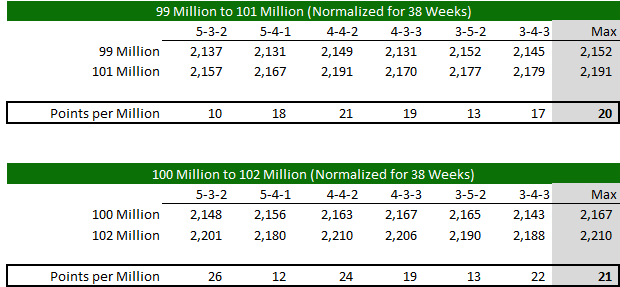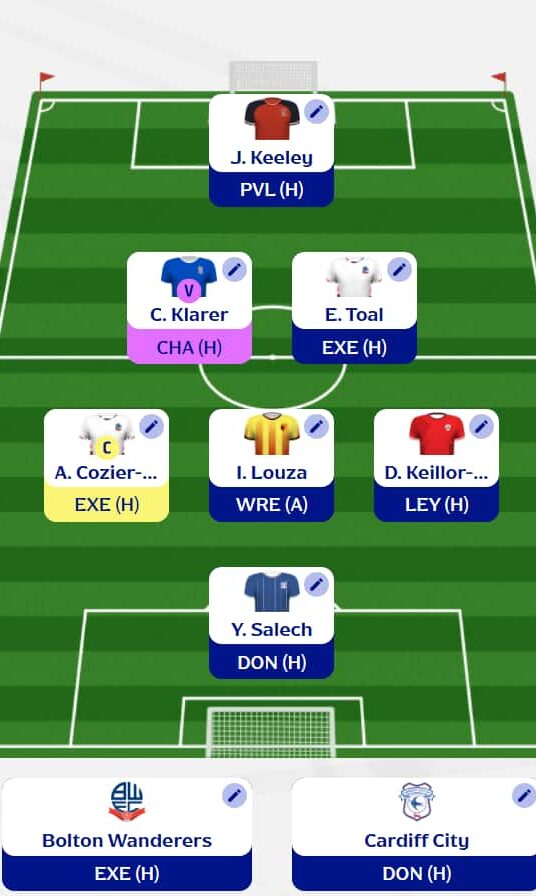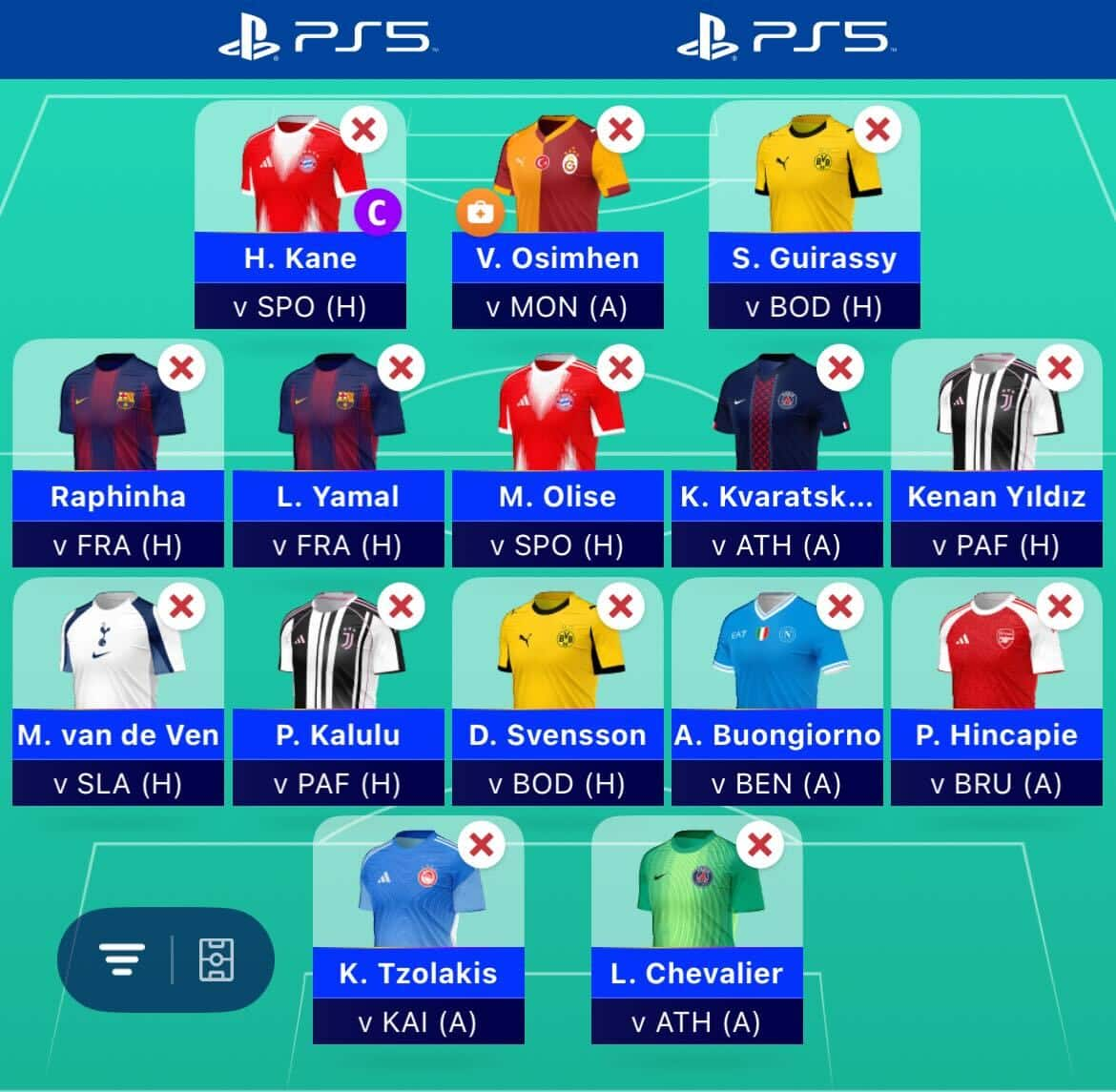The “Value” of Team Value
A few years ago, I noticed one of my mini-league competitors was taking an unusually large number of hits at the beginning of the season. When I asked him about it, his response was, “I’m building team value. Just wait, I’ll make it up and then some by the end of the season.”
When the season ended, I was ahead… by 60 points, or roughly the amount of the hits he had taken over the course of the season.
This really begs the question, what is the “value” of team value. What follows is an attempt to quantify the expected point uplift from higher team value. The punchline: it’s probably less than you think.
Methodology
One way to approach this problem is to construct theoretically optimal teams at a variety of team values and evaluate the expected full-season score at each. Fortunately, the Rate My Team tool in the members’ area gives us just the data we need to tackle the problem.
For this work, I’ve combined the forward looking RMT data along with some optimization tools to arrive at the optimal expected full-season points at various team values.
The optimization was run using most valid starting formations, with bench fodder used for the non-starting players. For those that care, the bench fodder is: John Lundstram, Martin Kelly, Todd Cantwell, Isaac Hayden, Mason Greenwood and David McGoldrick. Each player’s use depends on the formation. For example, in a 4-4-2, the bench fodder is Lundstram, Cantwell (unless the algorithm picks him as a starter, which it did in a few cases) and Greenwood.
Results
The chart below highlights the results of these simulations. Generally, this fits my expectations. I expected the benefit of increasing team value to be greatest at lower team values and then experience diminishing returns as team value rises. This makes sense. At ultra-high team values, you can afford all of the best players. At that point, more money doesn’t help.
One particularly interesting phenomenon was the change in favoured formation. At lower team values, the model prefers 4-4-2 and 4-3-3, while at higher team values it prefers 3-4-3. Again, this makes some sense. As your team is worth more, you can afford the higher scoring but lower PPM forwards versus the lower scoring but higher PPM defenders. I should note that in the 102-105 range, 4-4-2 is almost identical to 4-3-3, with 4-3-3 a modest point or two ahead. At unrealistically extreme team values, 3-4-3 is the champion by some distance.

The tables below are more granular looks at the expected points increase per £1.0 increase in team value. I evaluated the numbers using value ranges of £99 – £101 million and £100 – £102 since that’s where most of our team values likely are at this stage of the season. In addition, all numbers are adjusted as if there were still 38 games to play, instead of 34. The table shows the results for each formation as well as optimal formation (the grey column).
The answer, it seems, is that each additional £1.0 million of team value is worth about 20 points.

Implications
Save your hits
The first and most obvious implication is don’t take hits for team value. Assume you have perfect predictive power and can accurately forecast when players will rise twice in a week. You would still need to make ten transfers to make £1.0 million. That’s 40 points of hits to make 20 point in the game. Not good.
Value matters, but it isn’t huge
20 points is definitely helpful, but it’s not going to make your season. If you can time an otherwise planned transfer so you make it before a price change, that will help you over the long run, but don’t let it drive your transfer decision.
Value is not a primary concern
The experts say that rising team value is the result of having a good team, not the cause. Focus on maximizing points and the team value will take care of itself.
As an Aside
Just thinking through one potential objection to all of this; I realize we all have TWO team values. The first is the value we see when we log into FPL (let’s call this imbedded value). It’s the value someone else would need to spend to recreate our team. The second is the realizable value we would have if we sold everyone and started from scratch. This analysis is really all about the latter.
However, to the extent you own a player with high imbedded value (say Teemu Pukki) and where that player shows up in many of the optimal teams (he does) then congratulations. Your team value is a hybrid of imbedded and realizable, which is a good thing.


